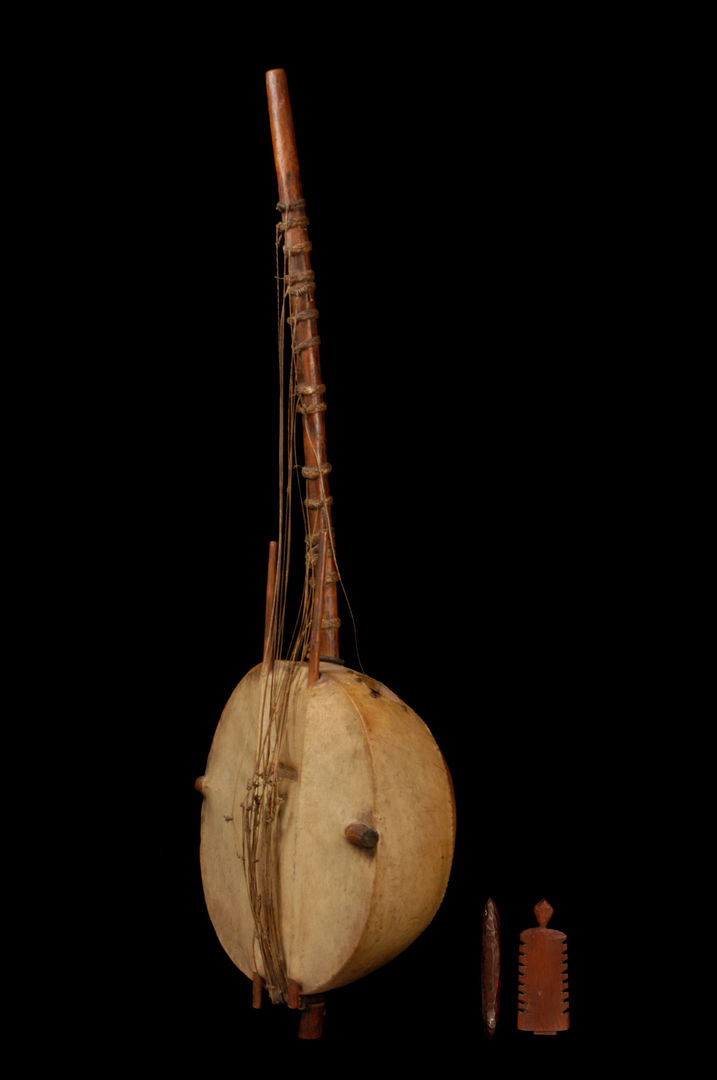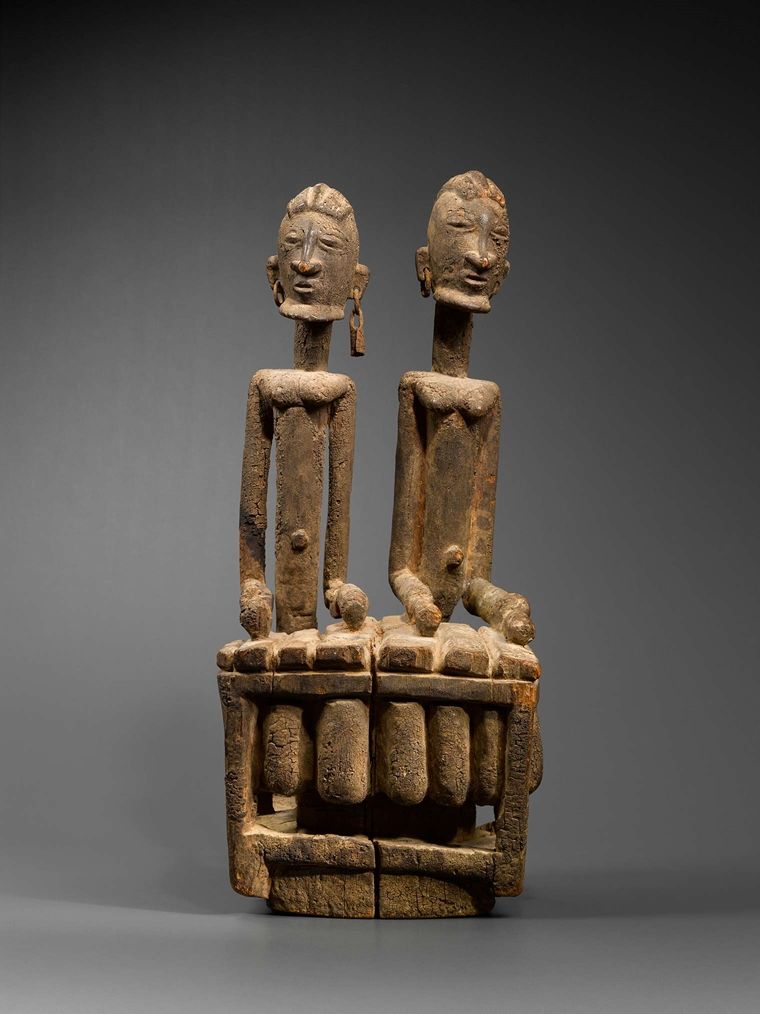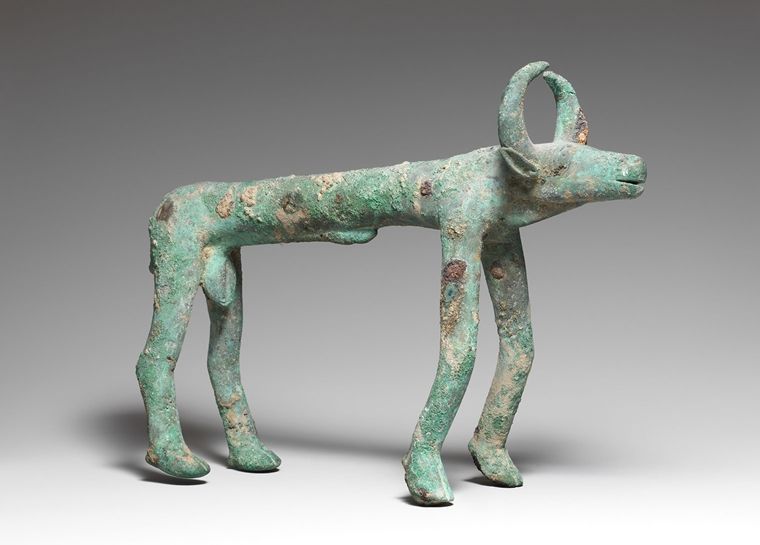Think of an epic story or legend that you know. You probably remember some basic details: What happens? Where does it take place? Who are the main characters? But do you remember when you learned the story for the first time? Did you read it in a book? Did you see it in a movie or play? Or maybe you heard it as a song or a bedtime story?
In the region of West Africa known as the western Sahel, legendary tales are shared and passed down through different forms of expression. While some famous tales are written down, spoken word is the most well-known way to tell these kinds of stories. They are told by people known as griots (pronounced gree-oh), also known in some cultures as jeliw, who are the narrators of oral traditions. Born into their highly respected position, griots play an important role. As well as being storytellers, they are poets, historians, genealogists, and musicians. Griots often accompany their stories and songs with music from instruments like the kora (a stringed instrument similar to a harp) or balafon (a kind of xylophone).

Kora, before 1878. Senegal. Calabash, hide, wood, copper, vegetable fiber, 48 7/16 x 9 7/16 x 16 1/8 in. (123 x 24 x 41 cm). Musée du Quai Branly–Jacques Chirac, Paris (71.1878.56.8) © musée du quai Branly - Jacques Chirac, Dist. RMN-Grand Palais / Art Resource, NY
For centuries, griots have passed down the epics of the Sahel through songs and stories, with each person adding details that related to their lives and the lives of their audiences. This is how the stories remained relevant across generations and cultures.
One of the most celebrated epics is about Sunjata, "the lion thief who takes his inheritance," the founder of the Mali Empire. There is no single version of this story. Some historians believe that if all of the different chapters that people tell were combined into a single tale, it would take several days to recite! The most important details are usually the same: the hero is a man named Sunjata. His father is a Mande chief named Maghan Konfara, and his mother is a physically disabled and spiritually powerful heroine named Sogolon Conde. Some readings interpret the name Sunjata as a compound of "Sogolon" and "Jata" meaning "Sogolon's lion."
Born under unusual circumstances, the young hero begins his life covered head to toe in hair, and with paralyzed legs. In some versions of this epic, the young Sunjata is able to perform extraordinary acts using powerful sorcery he inherits from his mother, which enable him to walk. Later, Sunjata is exiled from his community and returns to become a powerful military leader. Finally, he vanquishes and expels the kingdom of Suso's blacksmith sorcerer-king, Sumanguru Kanté, and his occupying army from the Mande homeland.
In Mande culture, Suso's evil king fiercely guards a magical balafon (also known as a "bala") like the one being played by two musicians in the sculpture below:
Bala Players, 15th—16th century. Mali, Dogon Peoples. Hardwood with organic materials, iron, 17 3/8 x 10 x 7 in. (44.1 x 25.4 x 17.8 cm). Private Collection © Hughes Dubois
In the story, Sumanguru becomes obsessed with the music the bala produces. Unfortunately, the music belongs to forest genies, and he only procures the instrument after his sister sacrifices herself to its magical owners. It becomes known as the "Suso bala," and Sumanguru uses it to rule over the Suso Kingdom and eventually to invade Sunjata's homeland.
Another important chapter in the Sunjata epic is Kamissa, a shapeshifting sorceress from the land of Dô who can transform herself into a buffalo woman. Her death indirectly leads to the marriage of Sunjata's parents. Storytellers may insert specific details into their stories based on their surroundings. For example, Kamissa may have turned into a buffalo because buffalo roamed in the area where the storyteller lived. Imagine if you were a griot and pet dogs or cats played an important role in your life or in your community, these pets might become central characters in your story.
Buffalo, 9th–14th century. Mali, Middle Niger civilization. Bronze, 9 x 5 x 13 1/2 in. (22.9 x 12.7 x 34.3 cm). Collection of Bernice and Sydney Clyman
The epic of Sunjata is still told to this very day. Griots perform their own unique version of the tale at ceremonies and other festive occasions. Traditional lyrics from the epic have even been adopted into Mali's national anthem. If you are a young person descended from the Mande people, you may hear your family name or the names of your ancestors praised during a griot's telling of the Sunjata epic. For example, Sunjata's family name, Keïta, is a common family name today, connecting listeners to the tale even more. Unlike great ancient Greek epics, like Homer's Odyssey, which have been frozen in time since they were written down, the Sunjata epic—and other legendary accounts of Sahelian empires—continues to grow and change each time it's told.
Think about one of your favorite stories. How would you recount it to a younger sibling, a teacher, or maybe a friend from a different country? What details would you add from your own personal experiences to make the story your own? What would you emphasize? How does the story represent your family life, cultural traditions, or morals?
Bonus:
Listen to the kora in action!
This song features kora players Toumani Diabaté and Ballaké Sissoko. They both come from renowned musical and storytelling families, and began playing music at an early age. They have enjoyed successful careers bringing Malian music to the international stage.
Marquee: Bala, 19th century. Mandinka people. Wood, gourd, hide, membrane, 34 1/16 x 17 15/16 x 8 11/16 in. (86.5 x 45.5 x 22 cm). The Metropolitan Museum of Art, New York, The Crosby Brown Collection of Musical Instruments, 1889 (89.4.492)





























